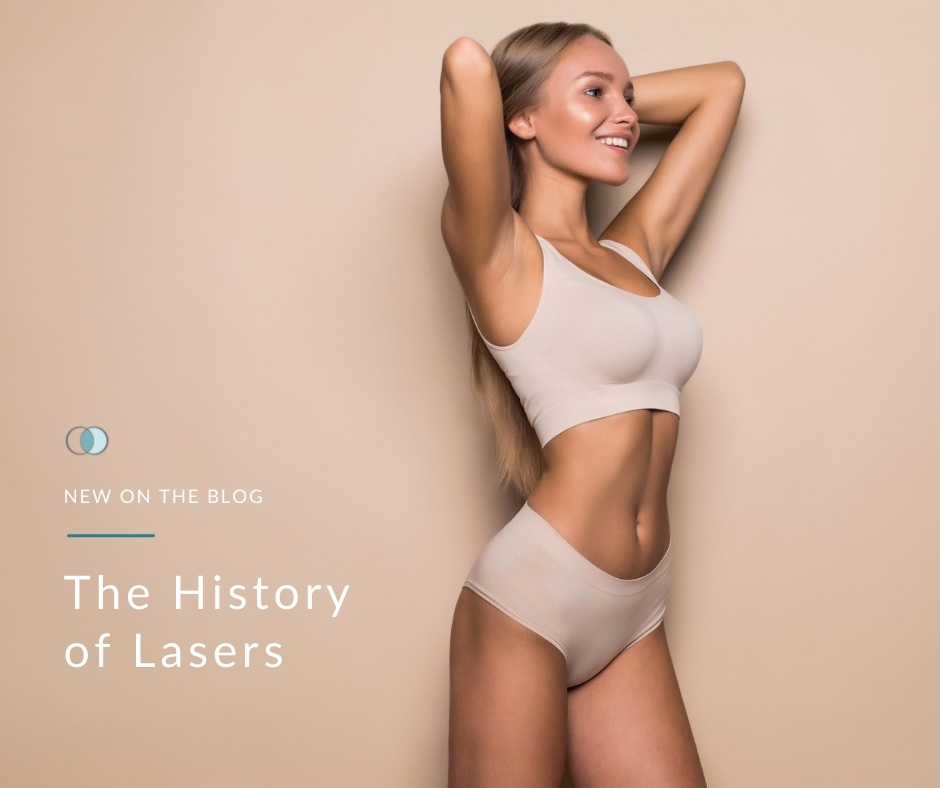
Laser skin rejuvenation might seem relatively new (at least within your lifetime), but the first use of a laser for skin rejuvenation was in 1900. Today, laser skin rejuvenation is one of the most effective means of addressing a wide range of common skin conditions including lines and wrinkles, hyperpigmentation, laxity, scarring, and more. At Palo Alto Laser and Skin Care, we have over 20 lasers and Zuzana Likar is a highly specialized expert who trains every member of staff to deliver A+ results. Much more than a “MedSpa,” we are your laser specialists in the region.
We are often asked why we have so many lasers, and the answer is simple: We offer customized results and treatment plans for every client. Lasers aren’t a one-size-fits-all technology, but that is somewhat how they began 120+ years ago. At the turn of the last century, German theoretical physicist Max Plank discovered the link between the frequency of radiation and energy. He found that energy could be absorbed in very discerned “quanta,” somewhat like chunks.
Einstein’s Impact on Lasers
Just five years after Plank’s discovery, in 1905, Albert Einstein offered his theory on how light is delivered in quanta as well, which he claimed was represented by photons-discrete quantum particles. Eleven years later, Einstein offered his concept of stimulated emission in 1916. These were named photons, which worked with excited molecules or atoms, and could kick-start new photon emission of the same polarization, phase, or frequency of the initial photon’s direction.
It wasn’t until the 1960s that a laser with a ruby rod that emitted light energy became available. It was developed by American physicist Theodore Maiman, and in 1963 American surgeon Leon Goldman began using lasers for treating skin conditions. He used Maiman’s laser to destroy targeted pigmented parts of the skin as well as unwanted black hair. After these reports, there were several developments and publications that focused on lasers for rejuvenation. In short time, the ruby lasers and Q-switched lasers were used to treat hyperpigmentation (and tattoo removal). At the same time, argon lasers were being researched for treating vascular lesions while carbon dioxide lasers were being studied for skin lesions.
Modern Laser Usage
Through the 1970s, there were several advancements in photo surgery for dermatological purposes. For example, energy-based devices for wound healing were developed as well as photodynamic therapy. One of the biggest developments happened in 1983 when dermatologists John Parrish and Rox Anderson created the theory of selective photothermolysis. Their findings clarified how tissues and lasers interacted to destroy specific targets (dubbed chromophores). They showed that predetermined wavelengths of lasers were absorbed by those chromophores much more so than nearby tissues (such as healthy skin that did not need to be treated).
By the 1990s, robotic scans were available so that lasers could rove over the treatment site very precisely and in a uniform manner. This minimized the unnecessary tissue injury that can happen when a laser beam is targeting an area for too long. Scanners were also the springboard for the next generation of lasers, called laser surgery-ablative resurfacing. These resurfacing lasers created a controlled wound to stimulate collagen production, lessen wrinkles, and tighten skin. However, at the time, they also posed a big risk of scarring.
Today’s Lasers
The next big development was fractionated lasers, first detailed in 2004. They work by creating patterns of tiny injuries and skipped areas for optimal healing. This leads to less downtime and scarring. Such lasers are still used today, but of course with ample advancements. Although we have come a long way in the world of lasers, there is always newer, better, safer technology being developed. That’s why we are dedicated to keeping a suite of lasers that have been proven to offer optimal results for clients of every skin tone and type.
Today, one of the best ways to get the results you want is by mixing and matching lasers and other non-surgical treatments. Gentle lasers can often be used back-to-back in the same appointment. To determine which laser(s) is right for you, from BBL to Clear + Brilliant, Fraxel Dual, or Thermage FLX, it all starts with a complimentary consultation. Discover our world of lasers and find out exactly how you can turn back the clock to achieve beautiful, clear, bright, youthful skin. Contact Palo Alto Laser and Skin Care today by calling the office at (650) 565-8683 or filling out the contact form.
